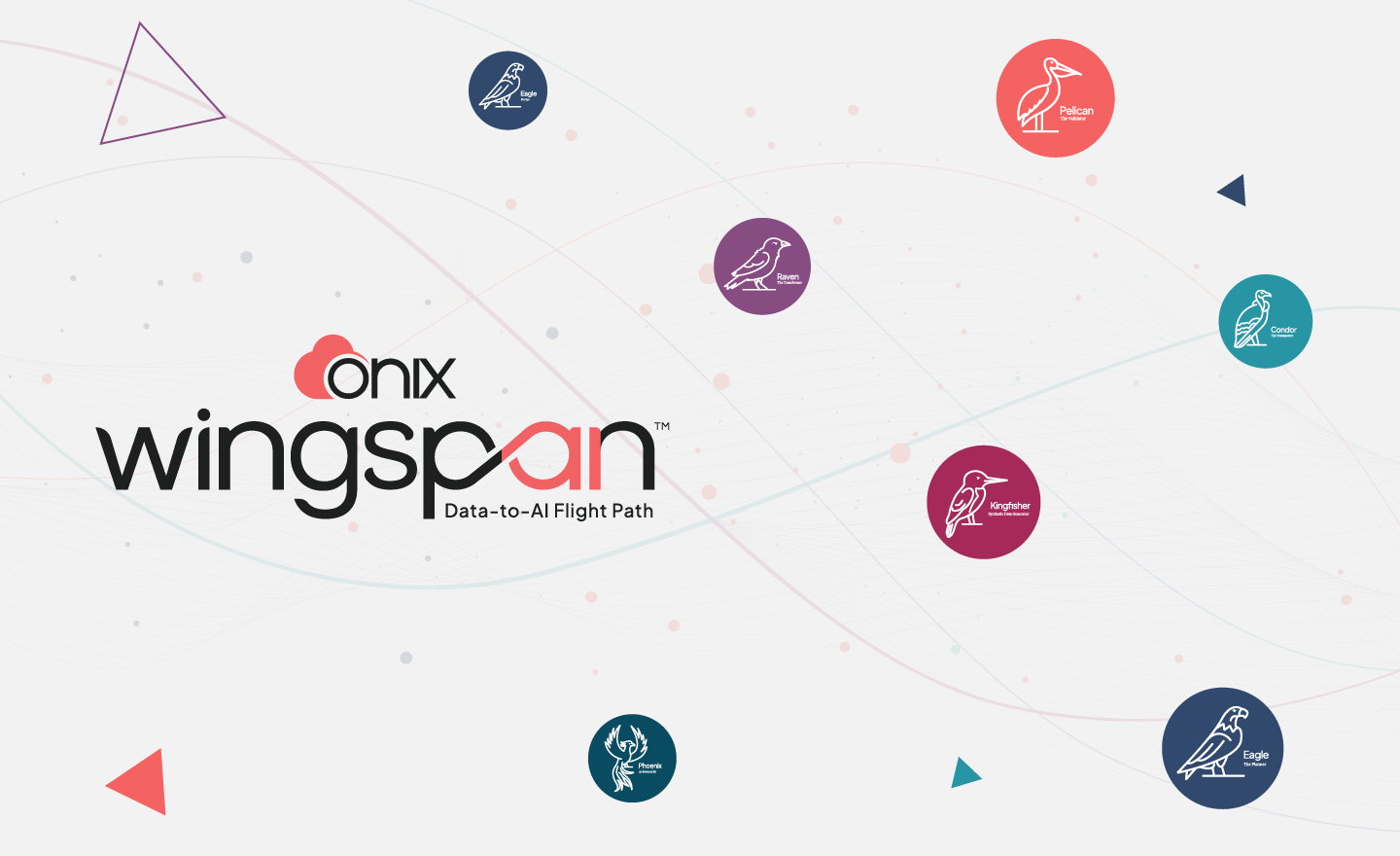With more “matured” data operations, companies need a secure and cost-effective data governance framework. This is exactly what Databricks Unity Catalog delivers to the table.
That said, data migration to the Databricks Unity Catalog open-source platform can be challenging and expensive without a proper plan. An efficient migration process begins with a strong data governance strategy. As a data governance solution, Unity Catalog provides a centralized platform for data access and administration.
On the other hand, the “transformational” approach of migrating selected datasets may require more effort in the initial phase. However, it also allows enterprises to perform “course correction” in the long run through smaller incremental cleanups.
In this blog, let’s dive deep into each of the following aspects of Unity Catalog migration from any existing environment:
- Benefits of migrating to Unity Catalog
- Best practices (or learnings) from successful migration initiatives
- How Onix can help with Unity Catalog migration
Benefits of Unity Catalog migration
Here are some of the benefits of migrating to Unity Catalog:
- Support on hyperscaler cloud platforms
Unity Catalog is compatible with most of the leading hyperscaler cloud platforms like Google Cloud, AWS, and MS Azure. Enterprises can deploy Unity Catalog in multi-cloud environments. With this support, enterprises can now govern data across multiple cloud platforms – and maintain data governance standards. - Centralized data governance
With its centralized governance model, Unity Catalog can effectively reduce the impact of fragmented policies related to data governance. This enables a unified approach to data asset management – while also simplifying access control and regulatory compliance across disparate environments. - Access control
Unity Catalog provides a finely-grained mechanism for access control. Enterprises can specify which user can access data as well as its level (for example, at row, column, or table level). This capability ensures that only authorized users can access sensitive data, thus elevating data security and privacy. - Data sharing and collaboration
Databricks’ Unity Catalog makes it easier for various teams to share catalogs – and search for data assets based on the column name & description and table description. Data sharing effectively eliminates data silos and encourages team collaboration. - Data lineage
Unity Catalog provides enterprises complete understanding of their data origins, modifications, and usage. This is beneficial in environments with insufficient or unreliable documentation.
Best practices (or learnings) from Unity Catalog migration
Here are some of the best practices or learnings from successful Unity Catalog migration initiatives:
- Understanding the Databricks architecture
Databricks essentially comprises the:
- Control plane for its backend services
- Compute plane for its data processing
During Unity Catalog migration, it’s important to understand that every Databricks workspace has an associated workspace storage bucket. If your workspace is automatically enabled for Unity Catalog, the workspace storage bucket also contains the default workspace catalog. Hence, workspace users must create data assets in this default catalog’s schema.
- Data governance on Unity Catalog
For any successful Unity Catalog migration, enterprises must understand the importance of data dictionaries for efficient data governance. Data dictionaries provide a central repository of information regarding data assets including their definition and usage guidelines.
As a best practice, ensure that Unity Catalog users register their data assets (with metadata) such that they can be retrieved easily from the data dictionary.
Additionally, ensure that data is profiled for optimum quality before being fed into the governance framework.
- Role of DevOps
DevOps can play a critical role in Unity Catalog migration by automating the process of migrating data (and metadata) from legacy systems. For instance, DevOps teams can help in:
- Identifying data dependencies and lineage.
- Creating automatic CI/CD pipelines to streamline migration across diverse environments.
- Convert and optimize legacy database tables for Unity Catalog.
Among the effective practices, DevOps teams must coordinate with the data governance team to build access control. After migration, they can also provide training to data engineers to interact with Unity Catalog.
How Onix can help with Unity Catalog migration
With its expertise in data migration, Onix can help you migrate your data from legacy data warehouses to the Databricks platform. Onix’s Birds suite of migration tools helps you save both time and money – without any business disruption.
Our specialized team of Databricks experts can provide a range of services including:
- Assessing your existing on-premises warehouses and workloads.
- Planning your cloud migration strategy with the right budget and deadline.
- Automating code conversion for the Databricks Unity Catalog.
Do you need more information from our experts? Contact us today.
Reference links:
https://medium.com/@pf.pedroferreira/why-organizations-should-migrate-to-unity-catalog-5c01b347cad9
https://docs.databricks.com/en/data-governance/unity-catalog/best-practices.html
https://learn.microsoft.com/en-us/azure/databricks/data-governance/unity-catalog/best-practices









